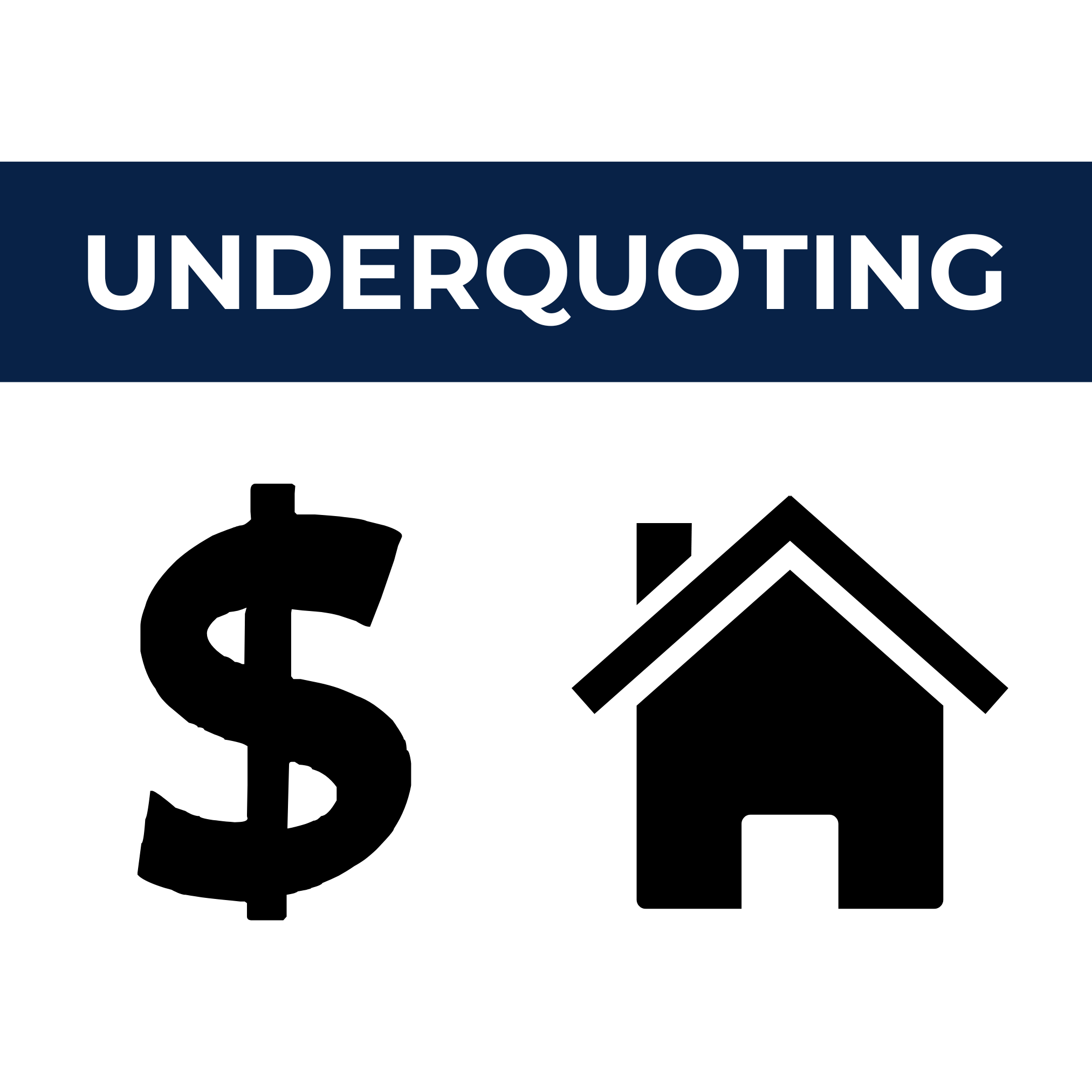What is a Property Conveyancer?
Are you planning to buy or sell your home or investment property? Then you are probably familiar with the term “conveyancing.” The property conveyancing process can be daunting and overwhelming, with numerous legal and administrative tasks to complete. But fear not! We are here to guide you through this complex process and provide you with invaluable tips and tricks. In this article, we will clarify the process of property conveyancing, breaking down the steps involved and providing you with practical advice to navigate this journey with confidence.
Whether you’re a first-time buyer or a seasoned property investor, our expert insights will help you understand the intricacies of the conveyancing process and ensure a smooth and successful transaction. As property buyers we deal with conveyancers and solicitors daily, giving you a better understanding of the process.
What does a Property Conveyancer do?
The first step in navigating the property conveyancing process is understanding the role of a conveyancer. A property conveyancer is a professional who specialises in property law and acts as an intermediary between the buyer and seller. They are responsible for ensuring that the legal requirements for transferring property ownership are met and that all parties involved are protected throughout the transaction.
A conveyancer’s duties include conducting property searches, preparing and reviewing legal documents & property contracts, coordinating with lenders and other parties involved, and representing their clients during the settlement process. Their expertise and attention to detail are crucial in ensuring a smooth and successful property conveyancing experience.
When choosing a conveyancer, it’s essential to consider their qualifications, experience, and reputation. Look for someone who is licensed, has a solid track record, and is familiar with the local property market. A skilled conveyancer will not only handle the legal aspects of the transaction but also provide valuable advice and guidance throughout the process.
Property Conveyancing Process
1. Preparation and negotiation
The first step is to prepare the necessary legal documents, including the contract of sale and any special conditions. These documents will outline the terms of the sale, such as the purchase price, deposit amount, and settlement date. Negotiations may take place during this stage to ensure both parties are in agreement.
2. Property searches and inspections
Once the contract is signed, your conveyancer will conduct various property searches to uncover any potential issues or restrictions that may affect the transaction. These searches may include checking for outstanding debts, easements and reviewing the property’s title. It’s crucial to identify any potential problems early on to avoid surprises later in the process.
3. Finance and settlement
If you’re obtaining a mortgage to finance the purchase, your conveyancer will work closely with your lender to ensure all necessary documentation is in order. They will also coordinate with all parties involved, such as the seller’s conveyancer and the lender to schedule the settlement date. On the settlement day, the balance of the purchase price is paid, and the property officially changes hands.
Documents for Property Conveyancing
During the property conveyancing process, several essential documents and legal requirements need to be addressed. These documents ensure that the transaction is legally binding and protect the interests of all parties involved. Let’s take a closer look at some of the most important documents and legal requirements in property conveyancing. These documents can vary from each state as the laws around property conveyancing are different across Australia.
Steps to Take
1. Contract of sale: This is the legal document that outlines the terms and conditions of the property sale. It includes details such as the purchase price, deposit amount, settlement date, and any special conditions. It’s crucial to carefully review the contract and seek legal advice if needed before signing.
2. Title search and certificate: A title search confirms the legal ownership of the property and identifies any encumbrances or restrictions. A certificate of title is a legal document that provides proof of ownership. These documents are crucial in ensuring that the property is free from any legal disputes or claims.
3. Mortgage documents: If you’re obtaining a mortgage to finance the purchase, there will be several mortgage-related documents that need to be prepared and signed. These documents outline the terms of the loan, such as interest rates, repayment schedules, and any additional fees or charges.
It’s essential to work closely with your conveyancer to ensure that all necessary documents are prepared and executed correctly. They will guide you through the process and ensure that your rights and interests are protected. As buyers agents we will work along side each party and ensure that the process is running as smooth as possible.
Finalising the Property Conveyancing Process
Here is what you can expect during the final stages:
1. Final checks and searches: Your conveyancer will conduct final checks and searches to ensure that there have been no significant changes since the initial searches were conducted. This includes checking for new encumbrances, planning restrictions, or outstanding debts.
2. Pre-settlement inspection: Before settlement, you have the right to inspect the property to ensure it’s in the same condition as when you signed the contract. This is your opportunity to identify any issues or defects and raise them with your conveyancer. If you are using a buyers agent this will be taken care of. They will also advise you on what to do if there are any issues with the pre-settlement inspection.
3. Settlement: On the settlement day, your conveyancer will coordinate with all parties involved, such as the seller’s conveyancer and the lender, to finalise the transaction. The balance of the purchase price is paid, and the property officially changes hands.
4. Post-settlement tasks: After settlement, there are a few tasks that need to be completed, such as notifying utility providers of the change of ownership and updating your address with relevant authorities. If there is a lease in place or you wish to rent the property out, a buyers agent will help with post settlement support and advise property managers and the best route to take.




